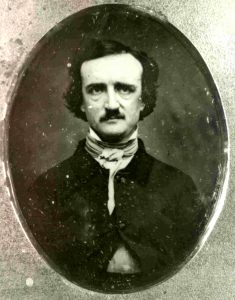The Second Army Air Service was a unit of the United States Army stationed on the Western Front during World War I. The Second Army Air Service Book, from the collections of the National Air and Space Museum Library, offers a purposely light-hearted account of the unit’s brief history. The group’s arrival in France came a mere month before an armistice was signed ending the war on November 11th, 1918.


